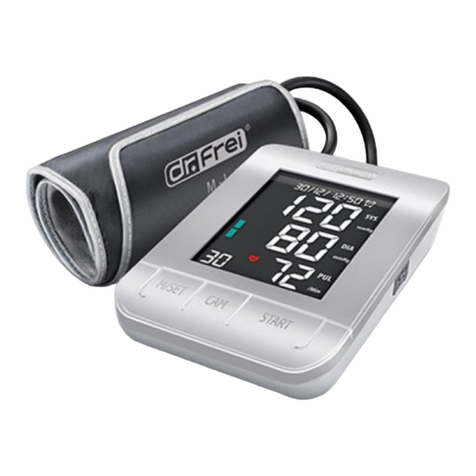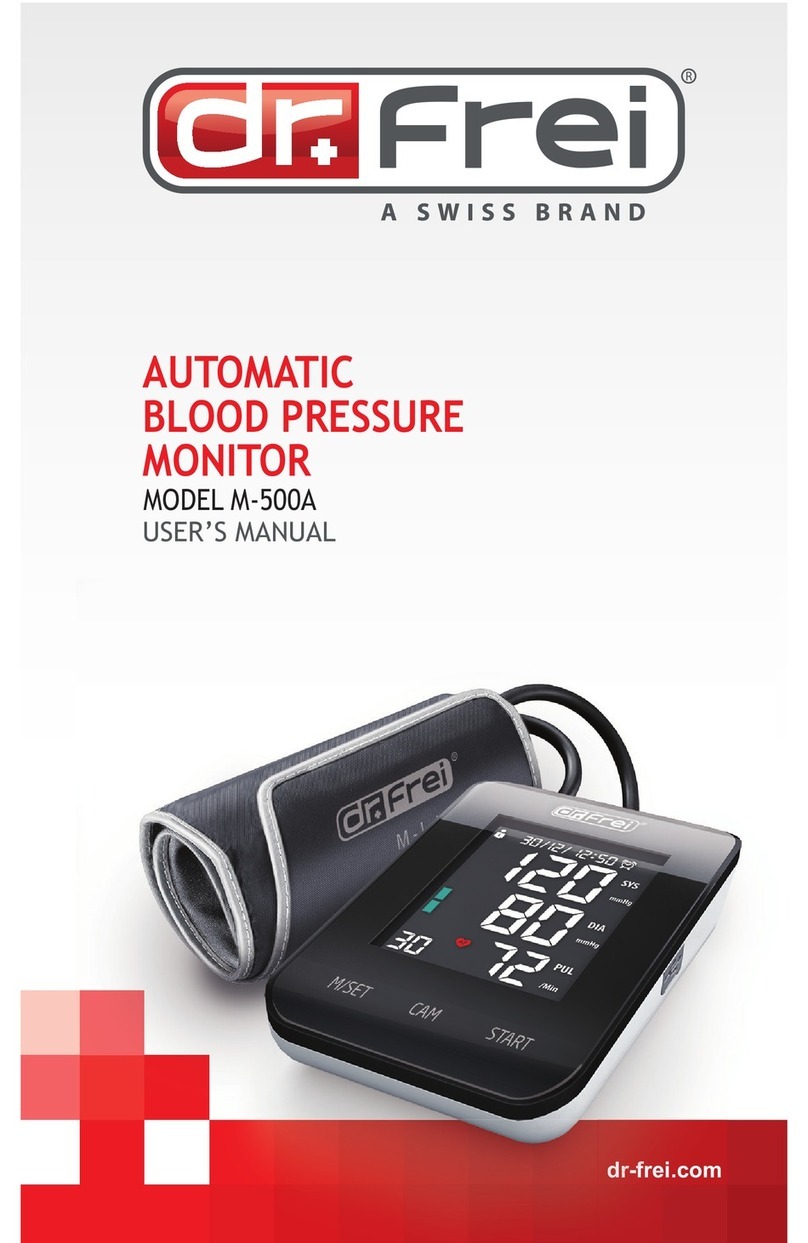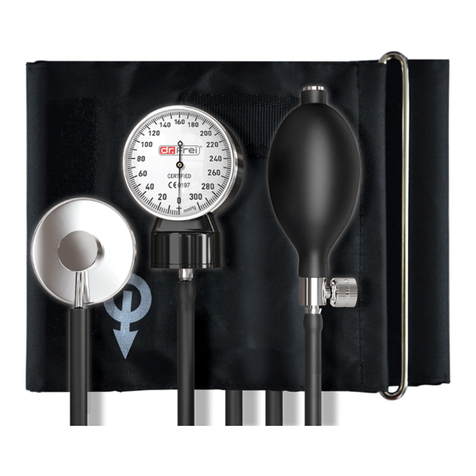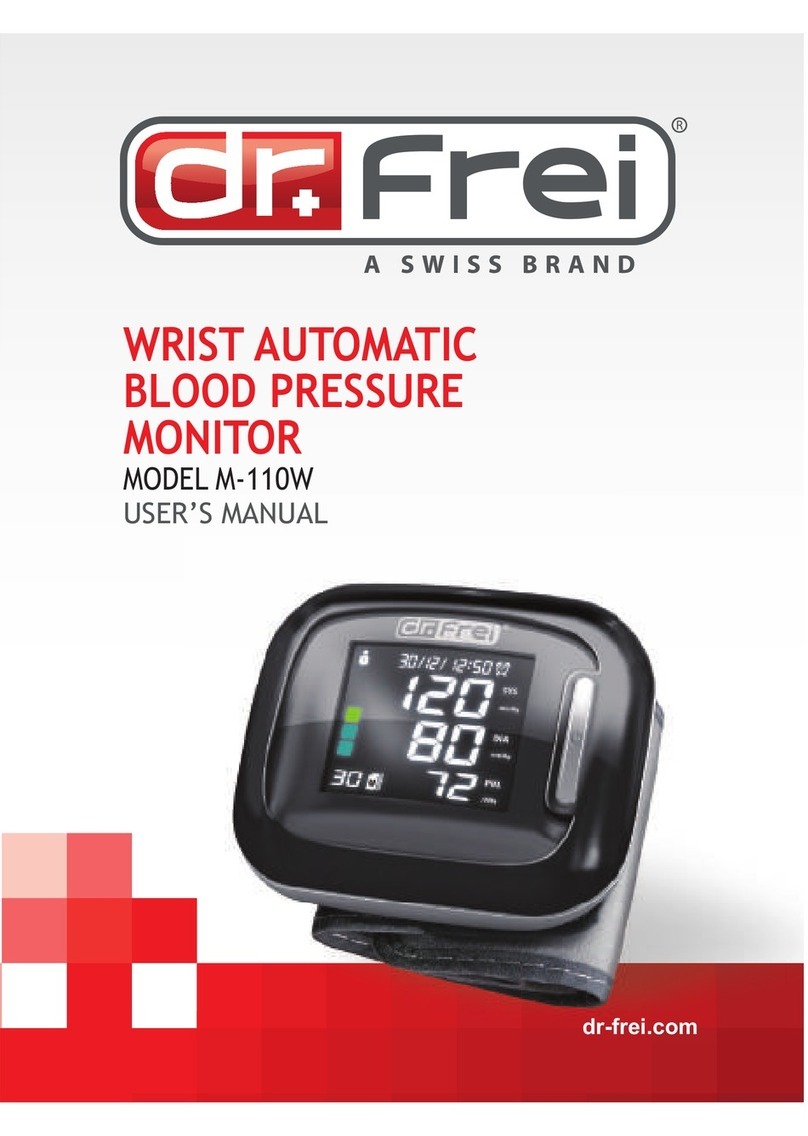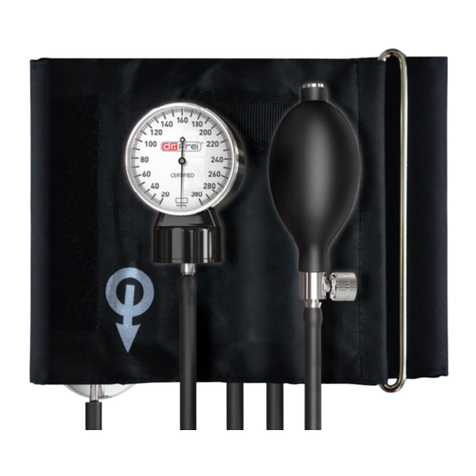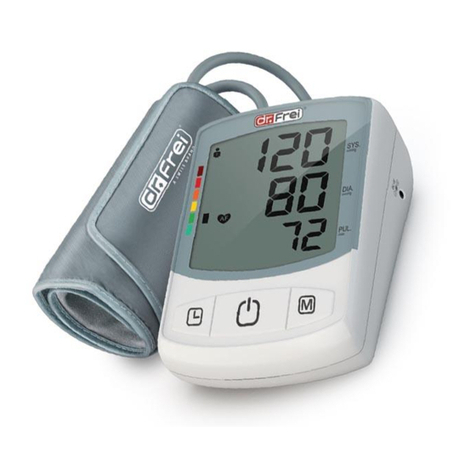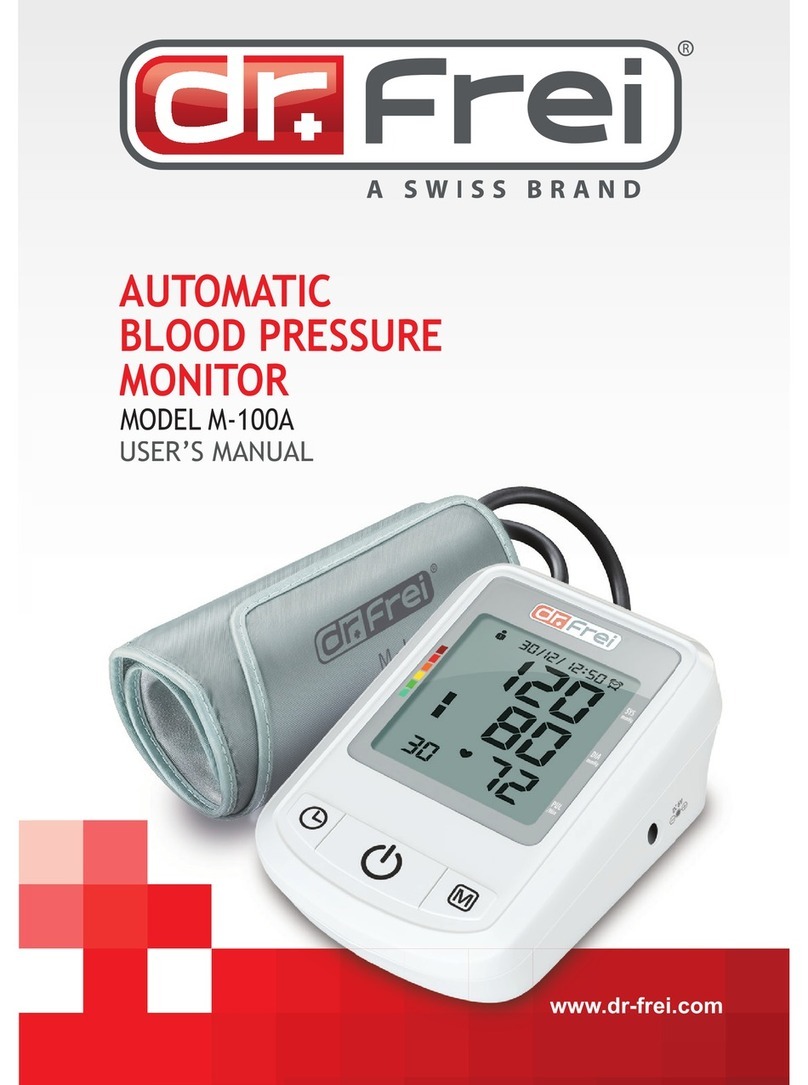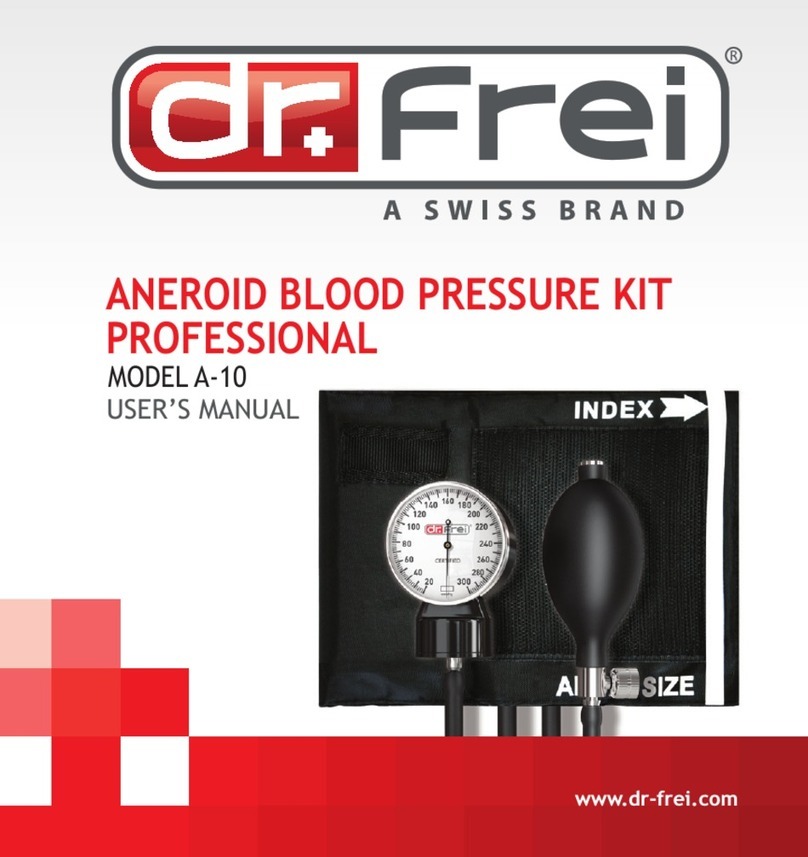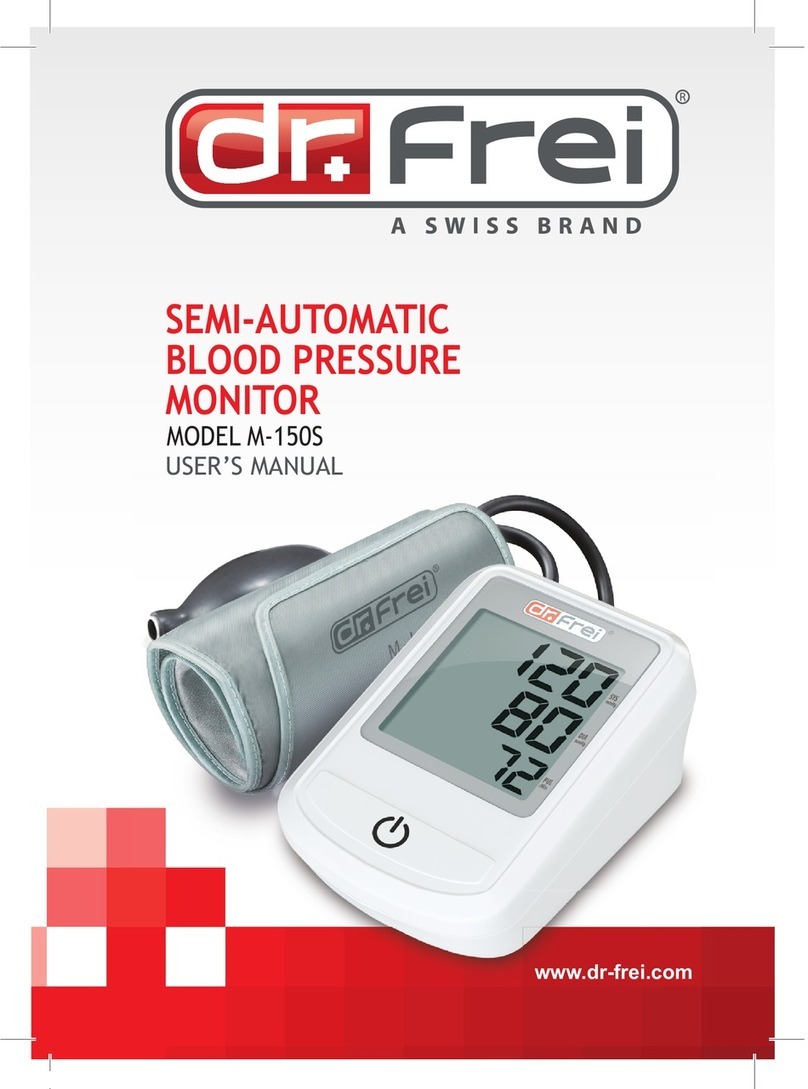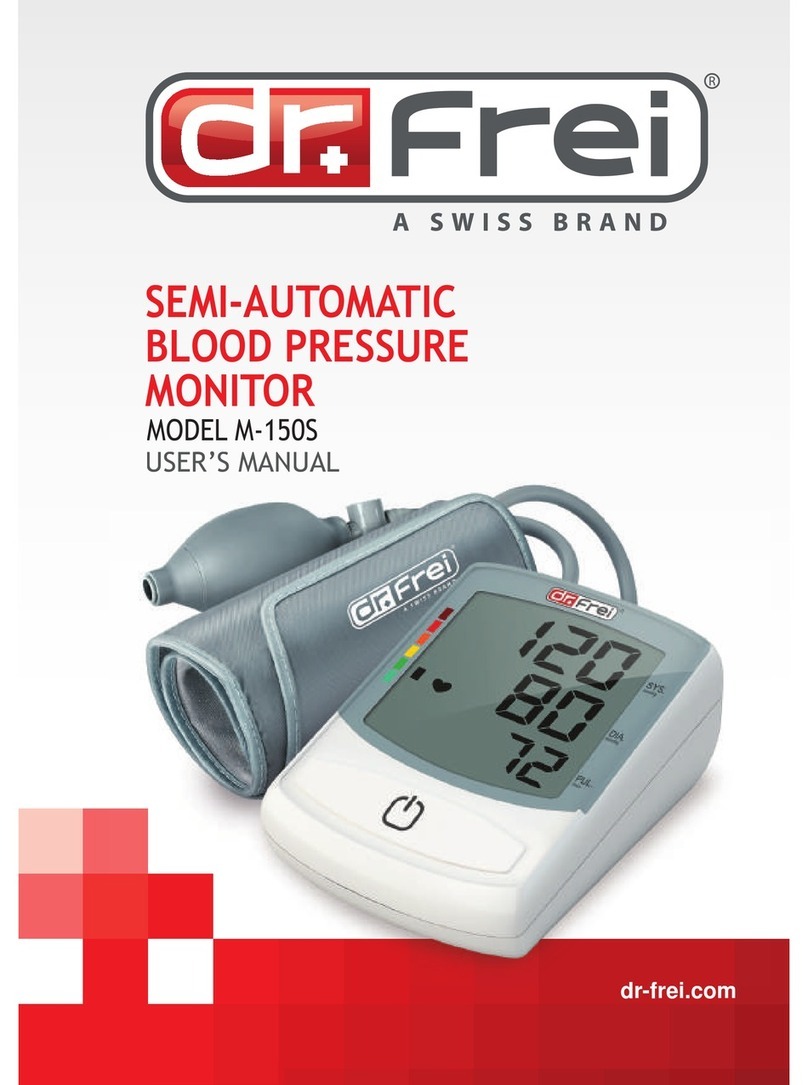5
TABLE OF CONTENTS
IMPORTANT INFORMATION ON BLOOD PRESSURE AND ITS
MEASUREMENT .................................................................................... 6
What Is Blood Pressure? ......................................................................... 6
Which Values Are Normal? ...................................................................... 7
ADVANTAGES OF AUTOMATIC BLOOD PRESSURE MONITOR
MODEL М-300A...................................................................................... 9
Blood Pressure Rate Indicator................................................................. 9
Irregular Heartbeat Detection .................................................................. 9
GETTING READY FOR MEASUREMENT ........................................... 10
Safety Precautions ................................................................................ 10
Description of the Blood Pressure Monitor .............................................11
Inserting the Batteries............................................................................ 12
Using a Mains Adaptor .......................................................................... 12
Setting the Date and Time ..................................................................... 13
MEASUREMENT PROCEDURE .......................................................... 14
Fitting the Cuff ....................................................................................... 14
Taking a Single Measurement ............................................................... 15
MEMORY FUNCTION........................................................................... 17
Average of All Stored Memories ............................................................ 17
Viewing the Stored Values ..................................................................... 17
Delete Memories ................................................................................... 18
ERROR MESSAGES/TROUBLESHOOTING....................................... 18
CARE AND MAINTENANCE ................................................................ 20
SYMBOL INFORMATION ..................................................................... 21
TECHNICAL SPECIFICATIONS........................................................... 22
WARRANTY.......................................................................................... 23
